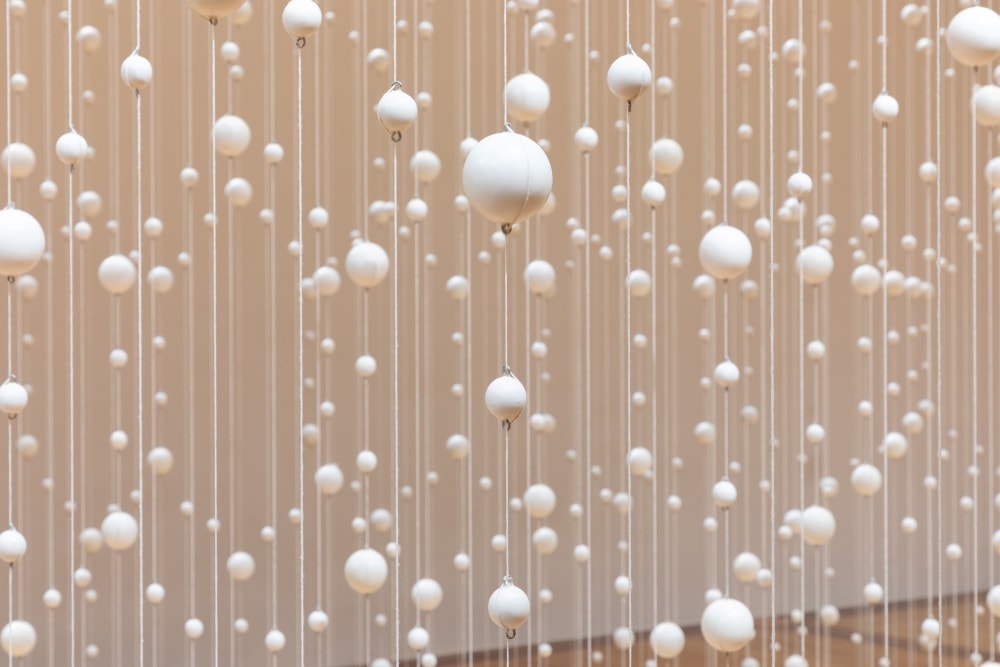
The artist’s retrospective at the Museum of Contemporary Art of Monterrey, Mexico, celebrates a three-decade career that mines the complexities of Mexican culture
by Terence Trouillot
I was shocked to learn that Damián Ortega’s exhibition ‘Pico y Elote’ (Corn and Industry), at the Museum of Contemporary Art of Monterrey (MARCO), is not only the artist’s first career survey in his Mexican homeland but in all Latin America. Perhaps even more surprising is that, rather than being held at a major institution in Mexico City, the retrospective is taking place in the relatively obscure northern city of Monterrey, in Ricardo Legorreta’s remarkable, cavernous museum – resplendent with flourishes of colour, geometric shapes and water fountains.
My astonishment at the exhibition’s locale was also due to the notable clash between the leftist politics of Ortega – whose practice is widely known for mining and critiquing capitalist modes of production and the labour conditions of post-industrial Mexico – and Monterrey’s neoliberal right population, who serve as patrons and donors to the museum. This type of cognitive dissonance is not new to the art world, of course, but feels even more pronounced here, with the show’s curator, José Esparza Chong Cuy, writing in his catalogue essay: ‘[Ortega’s] artistic drive can be understood as premonition and precognition of a failing capitalist system.’ However, Ortega’s brand of political criticism is not only poetic but rife with humour and irony. And, whether intentionally or not, MARCO remains an ideal foil for the artist’s body of work, and a site where Chong Cuy and Ortega can achieve their curatorial vision with considerable aplomb.
With tongue in cheek, this ambitious exhibition opens with one of Ortega’s more modest pieces, Pato Bosch (Bosch Duck, 1997) – the head of a wooden duck attached to a Bosch electric belt sander. The idea for the assemblage came to Ortega after he accidentally left his belt sander on in his studio, its animation reminding him of the cantankerous cartoon figure Donald Duck. The piece, a portentous jest at our mindless dependence on contemporary gadgets, parades idly, its electric cord the only thing keeping it from prancing around the rest of the galleries.